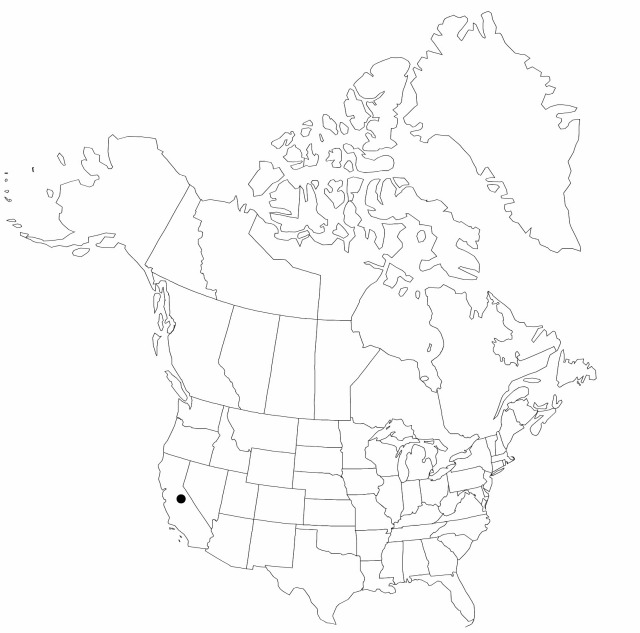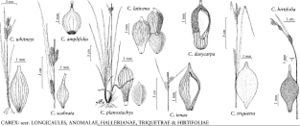Difference between revisions of "Carex triquetra"
Proc. Linn. Soc. London 1: 259. 1846.
FNA>Volume Importer |
FNA>Volume Importer |
||
| Line 32: | Line 32: | ||
-->{{#Taxon: | -->{{#Taxon: | ||
name=Carex triquetra | name=Carex triquetra | ||
| − | |||
|authority=Boott | |authority=Boott | ||
|rank=species | |rank=species | ||
| Line 47: | Line 46: | ||
|publication year=1846 | |publication year=1846 | ||
|special status= | |special status= | ||
| − | |source xml=https://jpend@bitbucket.org/aafc-mbb/fna-data-curation.git/src/ | + | |source xml=https://jpend@bitbucket.org/aafc-mbb/fna-data-curation.git/src/f50eec43f223ca0e34566be0b046453a0960e173/coarse_grained_fna_xml/V23/V23_909.xml |
|genus=Carex | |genus=Carex | ||
|section=Carex sect. Triquetrae | |section=Carex sect. Triquetrae | ||
Revision as of 20:12, 16 December 2019
Culms 30–75 cm, ± smooth. Leaf blades 2–4 mm wide, margins revolute. Spikes: lateral spikes all in distal 1/2 of stem, 10–45 × 4–7 mm; terminal spikes 10–35 × 2–4 mm. Pistillate scales 3-veined, ovate to ovate-circular, 3.7–5 × 2–2.6 mm, proximal ones shorter than perigynia. Perigynia 3.7–4.5 × 2–2.5. Achenes sessile, 3.3–3.5 × 1.9–2.5 mm.
Phenology: Fruiting late spring.
Habitat: Dry grasslands and scrub
Elevation: 0–600 m
Distribution

Calif., Mexico (Baja California).
Discussion
Of conservation concern.
Selected References
None.
Lower Taxa
None.
